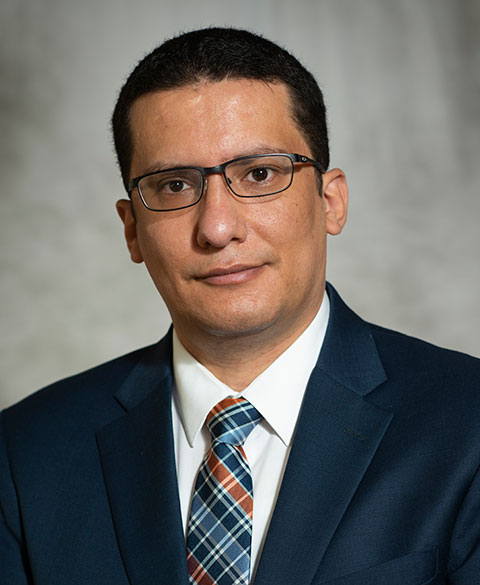
People who have a regular primary care physician stay healthier.
About three in four Americans have a primary care physician (PCP), according to a study recently published in JAMA Internal Medicine—and that number worries healthcare experts. According to the most recent figures, only two-thirds of 30-year-olds have a PCP.

In fact, everyone should have a PCP, doctors say. People who regularly see a PCP report improved health outcomes, according to a large-scale study, also published in JAMA Internal Medicine. Adults with primary care were significantly more likely to fill prescriptions, receive screenings and get early treatment for chronic diseases.
See other benefits of having an ongoing relationship with a PCP below.
Primary Care Provides a Full-picture, Holistic View of Your Health
“A primary care physician plays a key role in coordinating several aspects of a patient’s healthcare needs in one central location,” says Kerollos Askander, MD, a primary care physician in Howell and a member of RWJBarnabas Health Medical Group. This can include coordinating specialist care and managing multiple treatments, reviewing medications for potential interactions and performing routine screenings.
Primary Care Can Prevent Bigger Problems

One of the biggest benefits of primary care is that it can nip chronic conditions, from diabetes to hypertension, in the bud. “The progression of these conditions is often prevented by regular visits with a primary care physician,” says Iniobong Ukonne, MD, also a primary care physician in Howell and a member of RWJBarnabas Health Medical Group.
Primary Care Enables Your Physician to Get to Know You
“When people are just popping in to see random doctors when they feel ill, they risk the predicament of conflicting medications or over-prescription,” says Jasmeet Mehta, MD, an internal medicine provider in Hamilton and a member of RWJBarnabas Health Medical Group. “When you have an established relationship with your primary care physician, your doctor develops proper insight about your medical history that may be important if you get sick.”
Primary Care Has Become Much More Convenient

Spurred by the COVID-19 pandemic, many doctors’ offices have adjusted their practices for patient convenience. “Our office offers telehealth and video calls for patients who can’t make it to the office during normal business hours, and we are also open one weekend a month,” Dr. Askander says.
Primary Care Is Cost-Effective
Using an emergency department for a condition that is treatable by a primary care provider—for example, the flu or an upper respiratory infection— costs 12 times as much, according to a 2019 United Health Group study. An urgent care visit for this type of condition costs, on average, 10 times as much as a primary care doctor visit.
How Often Should You Go?
Appointment frequency varies based on a patient’s needs.
“Typically, routine medical exams should happen once a year, depending on your age and health needs. This schedule allows your doctor to detect an easy-to-address medical condition that can put a person at risk if it goes untreated for long periods of time, such as high blood pressure,” says Dr. Mehta.
“A patient who has multiple chronic conditions or has difficulty adhering to a specific medication regimen and/or obtaining followup with their specialists should typically see their primary care physician on a regular basis,” Dr. Mehta says.
To find a primary care provider at RWJBarnabas Health Medical Group, visit our Primary Care page.
